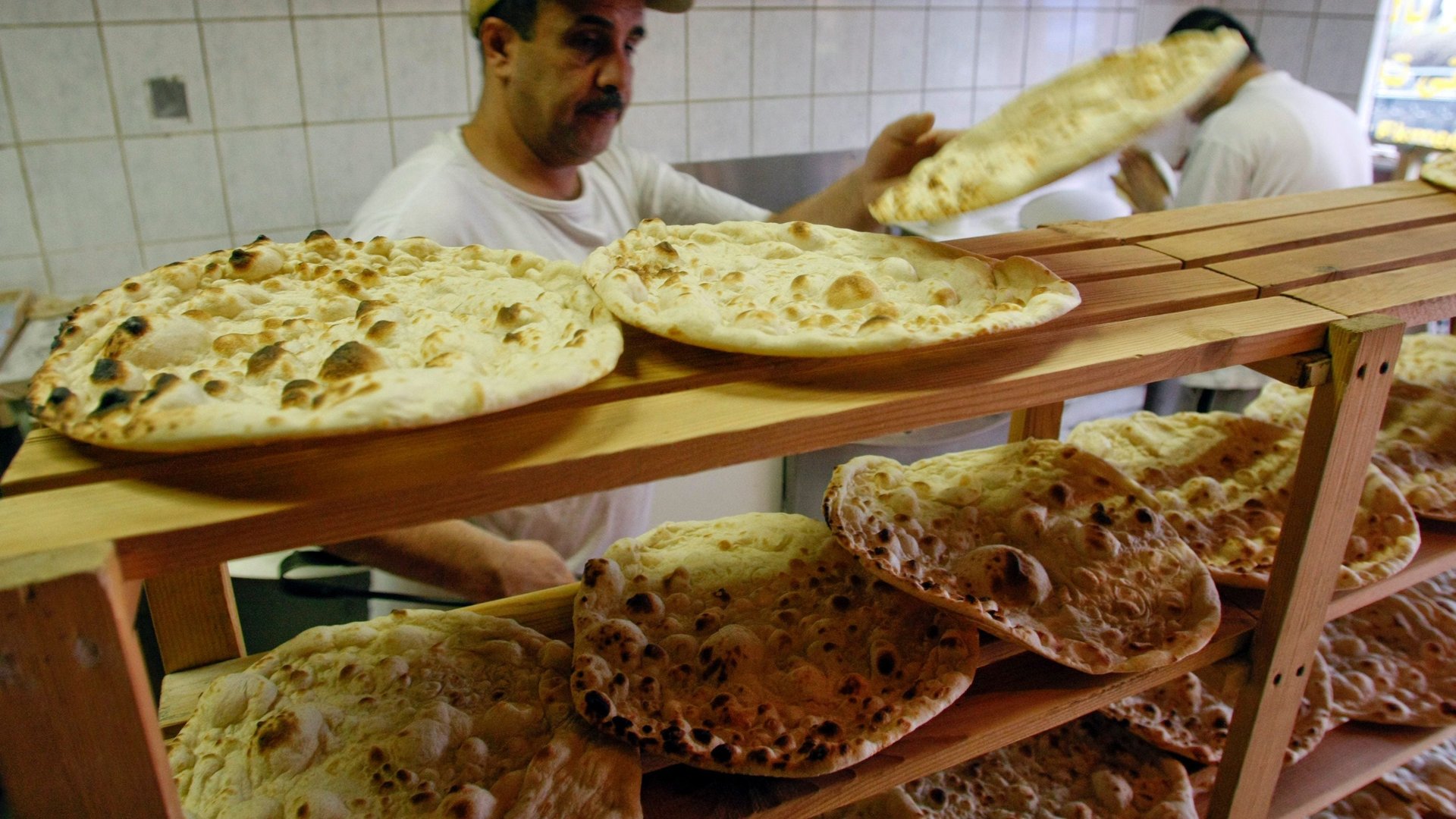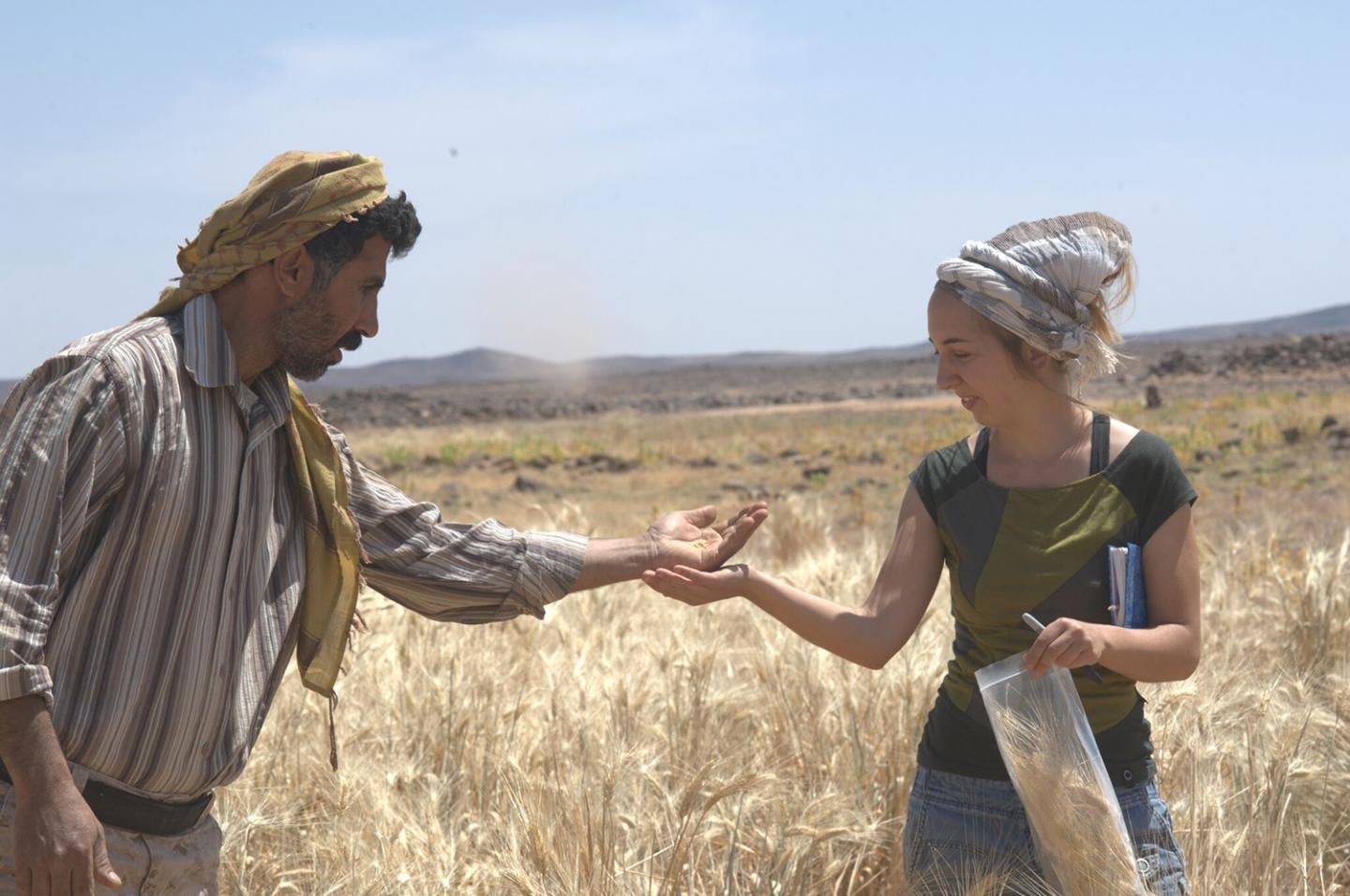Archeologists found a 14,000-year-old toasted pita in Jordan
In an ancient fireplace in a parched Jordanian desert, archeologists found the remains of the oldest known bread in the world: Charred bits of a multigrain pita-like flatbread.


In an ancient fireplace in a parched Jordanian desert, archeologists found the remains of the oldest known bread in the world: Charred bits of a multigrain pita-like flatbread.
The bread was made from the ancient predecessors of grains we now know as barley, oat, and einkorn (an early species of wheat), according to the findings published Monday (July 16) in the journal Proceedings of the National Academy of Sciences.
It was baked 14,400 years ago—that’s at least 4,000 years before humans began forming agricultural communities and farming grains.

Up until now, scientists believed farming and bread-baking probably arose around the same time. But this discovery suggests that a desire to make bread more easily may have given rise to early agriculture, at least among the people of the Natufian culture, who lived in the region at the time.
“Bread involves labour intensive processing which includes dehusking, grinding of cereals and kneading and baking. That it was produced before farming methods suggests it was seen as special, and the desire to make more of this special food probably contributed to the decision to begin to cultivate cereals,” Dorian Fuller, an archeobotanist at the University College London’s Institute of Archaeology and an author on the paper about the discovery, said in a statement. Archeobotanists study how humans interacted with plants—in this case food grains—in ancient times.
Amaia Arranz-Otaegui, a postdoctoral researcher at the University of Copenhagen and lead author on the study, told the Washington Post that the material they found in the fireplace looked like crumbs you might find in the bottom of a toaster.
Under an electron microscope, the crumbs clearly had a porous texture, which distinguished them as coming from a bread-like product rather than any other kind of food. “If we take other foodstuffs like porridge or gruel, we will see pieces of grain but not all these micro-pores,” Arranz-Otaegui told the Post, adding that the bread most likely resembled pita, though it was probably unleavened, so other close comparisons could be found in matzoh or tortillas.